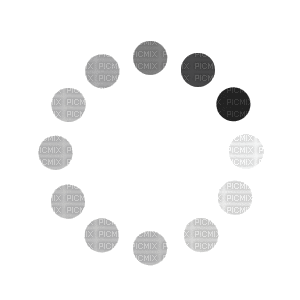TIG Welding
The complete TIG welding process creates a strong and durable weld and provides more power to the welding industry. Furthermore, there are several stages of TIG welding, which include Stratch Start, lift arc, and high-frequency ignition, making the process more accurate and precise.




